Tramadol is a popular medication used to treat moderate to severe pain, especially after a surgical procedure. In 2017, approximately 41 million prescriptions were written for this drug. Tramadol belongs to the opioid analgesic group. In other words, it targets the body’s central nervous system to eliminate pain. Unfortunately, with the use of tramadol for a prolonged period of time, a drug addiction may develop. For an effective treatment plan, finding a professional tramadol detoxification (detox) treatment facility is essential.
At Allure Detox, a treatment center provider with various treatment options has staff ready to help patients return to sober lifestyles.

Table of Contents
WHAT IS TRAMADOL?
Tramadol is placed in the opioid narcotic drug category. Similar drugs include codeine, morphine, and hydrocodone.
Opioids block pain and heighten pleasure. Many times, a person develops a euphoric feeling after taking this drug. During this period, his or her blood pressure, heartbeat, temperature, and breathing slow. This medication’s effects may intensify when someone snorts, injects, or smokes the drug. This raises the likelihood of an overdose or higher doses resulting in substance use disorder. With this, it is essential to understand the symptoms of addiction and how to overcome this predicament.
HOW COMMON IS TRAMADOL ADDICTION?
In this country, opioid addiction is at an all-time high. This means that problems are frequent. People who use the drug often develop a tolerance. In other words, it takes more medicine to feel the same effect. Besides tolerance, many users experience opioid withdrawal symptoms when the drug is discontinued. Also, tramadol is sometimes combined with other substances, including alcohol, painkillers, sleeping pills, or cold medicine. This increases the “high” and is linked to the cycle of misuse. The risk of developing a tramadol addiction is more likely when it is taken alongside one of these substances.
COMMON SIGNS AND SYMPTOMS OF TRAMADOL ADDICTION
Tramadol was introduced as a safer alternative to prescriptions with higher analgesic properties. Unfortunately, drug abuse is still possible with this prescription drug. There are definite signs that indicate an addiction problem.
- Unable to Control Usage. In many cases, users try to lower their dosages. Some individuals may discontinue the drug. However, these people are drawn back into the sensations and continue using them.
- Experience Cravings. When a person stops taking tramadol, he or she may develop extreme cravings. These cause the individual to do anything necessary to get more of the drug. It becomes impossible to complete regular activities without thinking about the substance. This is the start of the cycle of addiction.
- Trading Doctors. If a patient needs more tramadol and cannot stop taking the prescription, he or she is forced to ask for a refill. When the original prescribing doctor refuses, the person may turn to a different physician so that it is possible to acquire more.
- Withdrawal Begins. Since tramadol is close to the opioid family, a person will likely develop withdrawal symptoms after stopping the drug. Symptoms will be similar to those felt with hydrocodone or oxycodone withdrawal.
Side Effects of Tramadol Abuse
Even people who do not abuse tramadol experience adverse side effects. However, these effects are exaggerated when an individual begins taking more and more.
- Pupils become small
- Appetite changes
- Nausea/Vomiting
- Dizziness
- Headache
- Impaired coordination
- Slurred speech
Extreme side effects include mild rash, difficulty breathing, loss of consciousness, and seizures.
Tramadol Withdrawal is Different than Other Opioids
Although tramadol is similar to many opioids, its withdrawal is different. This drug reduces pain by stimulating opioid receptors and inhibiting serotonin and norepinephrine reuptake. This can lead to two different kinds of withdrawal.
- Traditional Withdrawal. This brings symptoms of muscle pain, nausea, diarrhea, and other gastrointestinal issues.
- Atypical Withdrawal. This brings symptoms of confusion, panic, paranoia, and anxiety.
To be sure, approximately 90 percent of individuals experience flu-like symptoms during withdrawal. Up to 10 percent of people become confused, anxious, and numb. Also, when paranoia sets in, it may lead to hallucinations.
TRAMADOL ADDICTION WITHDRAWAL TIMELINE
As with any drug, the withdrawal process can get quite uncomfortable. The anxiety and chronic pain resulting from discontinuing the medication can lead to dangerous behaviors and life-threatening situations.
Taper Method
It is possible to quit tramadol cold turkey. However, this is not advised. Intense tramadol withdrawal symptoms make it challenging to give up substance abuse successfully. This often leads to relapse.
Most doctors advise patients to begin tapering their usage. In other words, people gradually lower their doses over set periods of time. This helps to avoid nasty withdrawal symptoms. Usually, a medical professional will construct a taper plan. This helps a person’s brain and body adjust to the absence of the drug. Creating a taper schedule allows a person to enjoy a better chance of successful recovery. A doctor will develop a unique plan that includes appointments to analyze progress. Experts recommend ranges between 10 percent of reduction and 50 percent of reduction per week. It is strongly suggested to consult with a doctor while tapering off the drug. Weaning without help can be difficult.
Medically-Assisted Detox
The most intense withdrawal symptoms are estimated to hit 36 to 72 hours after the last intake. Symptoms can last up to eight days. Days four through seven bring extreme cravings. Also, a person may suffer from confusion and sleeping difficulties. After this point, withdrawal symptoms should decrease. However, depression and other mental health issues may continue. Since no two people are alike, the severity and length of withdrawal differ. Most times, a person’s results are based on his or her frequency or duration of drug use.
Medical detox is the best way to avoid negative withdrawal symptoms. It provides maximum care, which includes 24/7 monitoring by medical staff. Throughout detox, the body eliminates tramadol and other toxins. To help manage negative symptoms, a doctor may prescribe specific medicines to keep patients as comfortable as possible.
Tramadol may be detected in a person’s urine for up to four days after the last use. It remains in the bloodstream for 24 hours. Ultimately, a person’s individual metabolism will dictate the time that it takes to eliminate the drug from his or her body.
Medically-assisted tramadol detox is available at many trusted rehab facilities. Inpatient treatment, including this type of detox, is very successful at helping an individual overcome tramadol dependence. As a person rids his or her body with tramadol, the patient is kept safe and comfortable. When a person can manage cravings during withdrawal, there is a high likelihood of getting through the process and moving toward future treatment that encourages sobriety in the long term.
HOW TO RECOVER FROM TRAMADOL ADDICTION
The most effective way to recover from tramadol addiction is through completing a professional drug rehab treatment program. This provides supervised detox and therapies that help a person learn how to avoid cravings and triggers to make a sober lifestyle possible. It helps to rebuild family relationships as well. A person will craft a solid plan that allows him or her to return to a stable life at home and at work.
Tips for Avoiding Relapse Following Tramadol Addiction Treatment
- Healthy Diet and Exercise. When a person exercises regularly and eats a solid diet, he or she will naturally feel good. This means that he or she will not need tramadol to boost his or her mood.
- Get Adequate Rest. When a person sleeps appropriately for the correct amount of time, his or her brain will be apparent, energy levels will be high, and concentration will be possible. The mind and body will not need tramadol to feel good.
- Maintaining a Schedule. During inpatient tramadol detox and rehab, an individual will be made to follow a set schedule. This offers stability and order to the day. When a person’s mind is occupied with actions, it is likely to stay distracted so that cravings do not hamper recovery.
- Identifying Triggers. When a person pinpoints the times, places, and people who encourage tramadol misuse, it is possible to avoid these triggers.
- Have a Solid Support System. When an individual has a system of support groups or even just a simple support throughout recovery, it makes it easier to stay on a sober path. Friends and loved ones can be a source of help when cravings occur.
- Find a Hobby. Stay busy keeps a person’s mind from dwelling on the pain. A hobby will heighten a person’s spirit and fill the time spent practicing negative behaviors.
- Alternative Pain Management. Since tramadol is prescribed to treat pain, finding a different management means will be helpful. Natural alternatives like massage and yoga may help. Ice, physical therapy, and acupuncture are valuable alternatives as well.
WORKING WITH ALLURE DETOX
At Allure Detox, we provide a solid and relaxing atmosphere of healthcare for individuals suffering from misuse disorders. For best results, we provide medically-assisted tramadol detox. After detox is finished, we offer residential treatment that includes holistic therapies. A specific plan is created to meet individual needs for you or your family member. We want to help our patients heal physically and emotionally. We also target any underlying mental health problems if a dual diagnosis is present.
It is never too late to seek help for addiction. If you need effective tramadol detox, contact us today.
FAQ
How to clean your body from tramadol?
Does Tramadol make you sleepy or awake?
Can I take Tramadol and ibuprofen at the same time?
How long after Tramadol can I drink?



